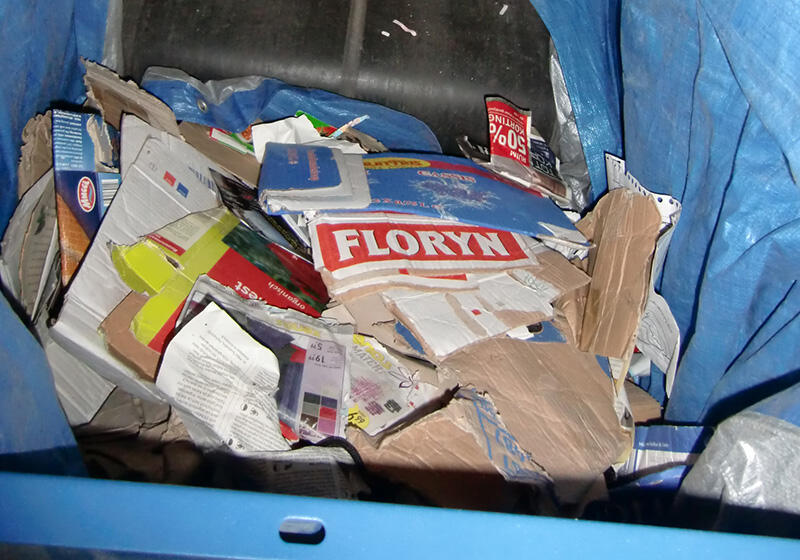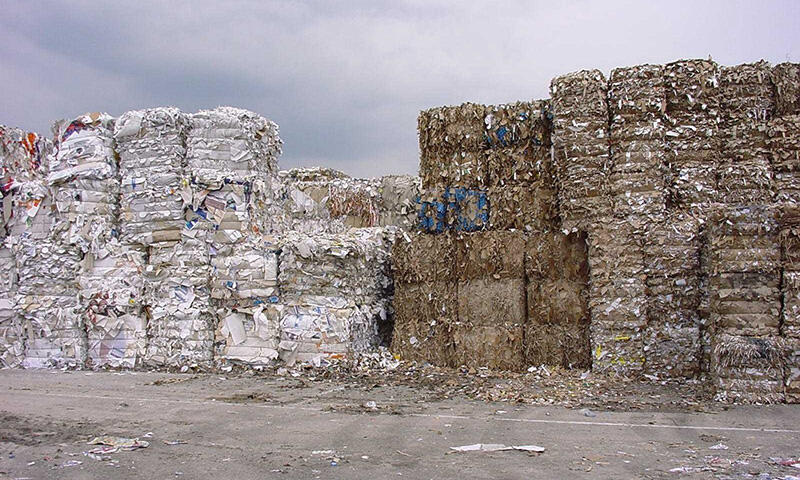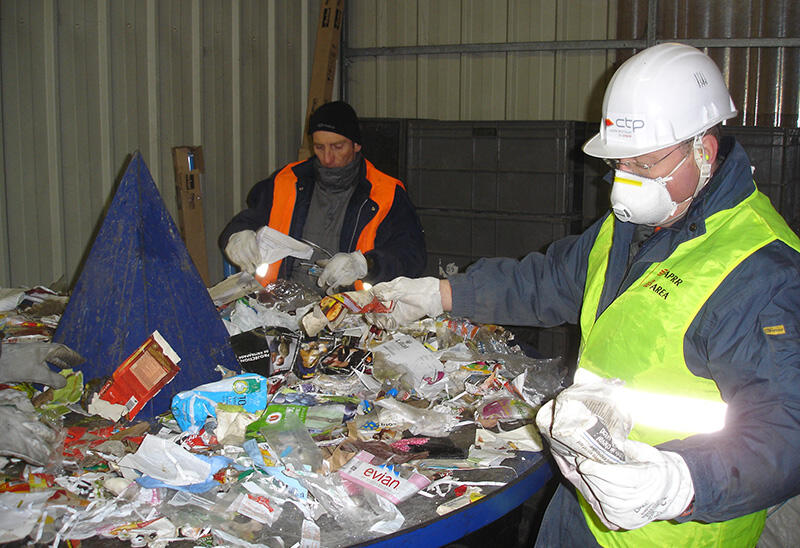
Making the most of paper and board through efficient sorting
Producing grades in compliance with standard EN 643
- Optimising paper and board yields by extracting the maximum amount of fibre from waste streams
- Checking the efficiency of sorting to produce recovered paper and board grades that comply with your customers’ specifications and with standard EN 643
- Producing new grades through suitable sorting to make better use of the fibre fraction
Generate Value...
Selective waste collection was first introduced in France 20 years ago and has developed considerably since then, requiring increasingly modern and larger sorting centres and forming part of a comprehensive approach to optimising waste.
It is essential to meet the demands of paper recyclers with regard to the quality of paper and board fractions in order to guarantee the future of the recycling sector and make sure that the 70% recycling rate fixed by the European papermaking industry can be maintained.
Optimising the performance of your sorting centre means checking the yield/purity efficiency of the sorting machines, if necessary adapting the new sorting instructions (new grades in revised standard EN 643 published on 29 January 2014) and checking the conformity of the fractions produced.
Grades complying with the requirements of the papermaking profession will mean fewer claims from customers, guarantee that the full subsidy awarded to eco-organisations will be granted (in the event of a contract) and improve performance in terms of quality!

Characterisations at different points of the sorting process
Context and performance
The CTP’s team of trained experts visits sites to take the samples of incoming waste streams and outgoing fractions needed to characterise sorting machines.
It may be necessary to obtain certain data:
- Type of waste collected (household, tertiary-sector, single stream, etc.).
- Mass flow rate and machine speed.
- Operating time per day and organisation of work.
- Complete diagram of the installation and detailed diagrams around machines to be described.

Specific grades for specific uses (in conformity with EN 643)
Content of services
The CTP team works on site with its own equipment to ensure greater autonomy:
- Determination of the composition of incoming streams in terms of different grades of paper and board.
- Determination of the composition of sorted fractions.
Sampling and characterisation methods are presented to and validated by sorting centre operators.

The CTP has real expertise in characterising fractions
Delivrables
The CTP provides a study report describing the composition of incoming streams and outgoing fractions, including determination of:
- extraction rates, and comparison with theoretical rates,
- purity of fractions intended for the papermaking industry (recycling or deinking),
- loss of material, with a view to optimising sorting efficiency.
Recommendations will be formulated in order to optimise sorting and ensure that fibre fractions comply with specifications.
A meeting can also be planned with site operators to present and explain the conclusions of the study.